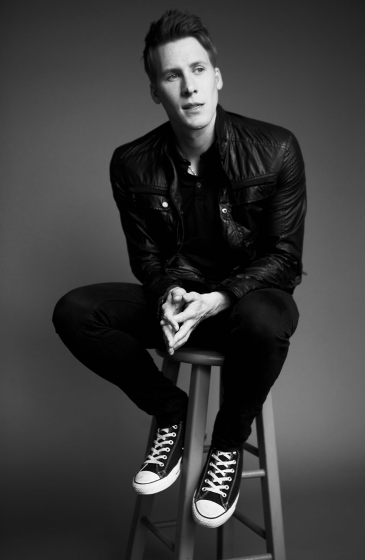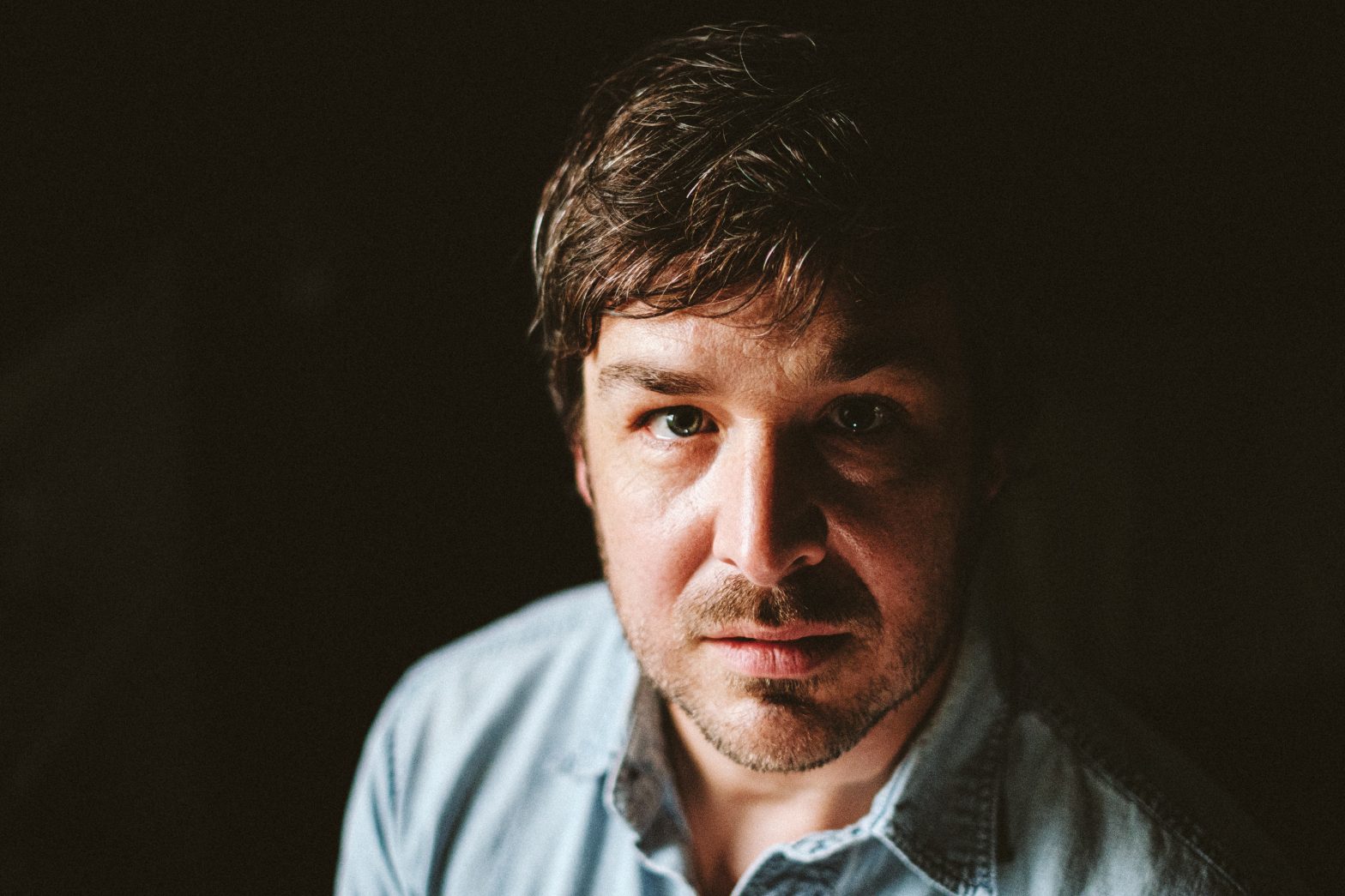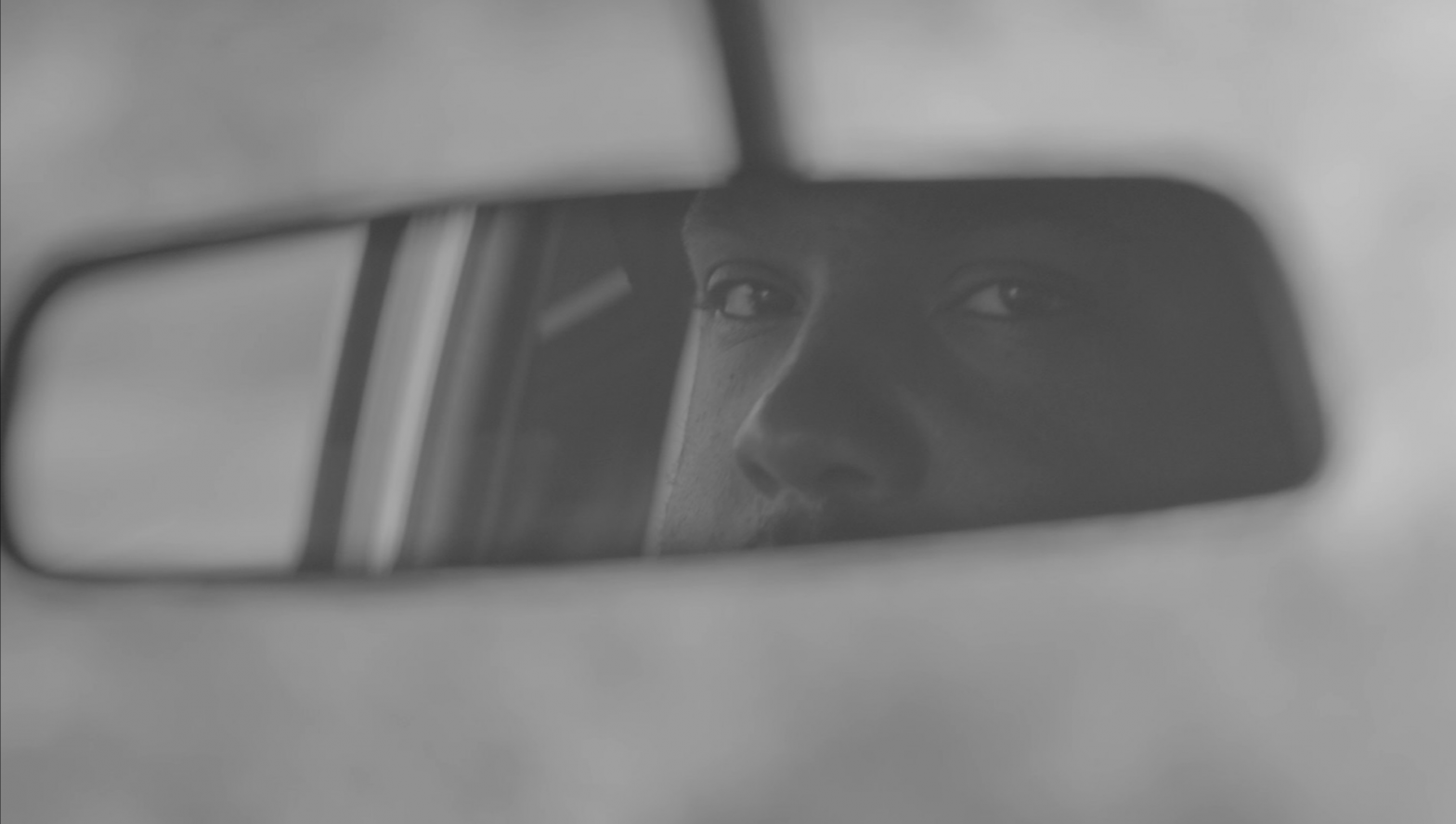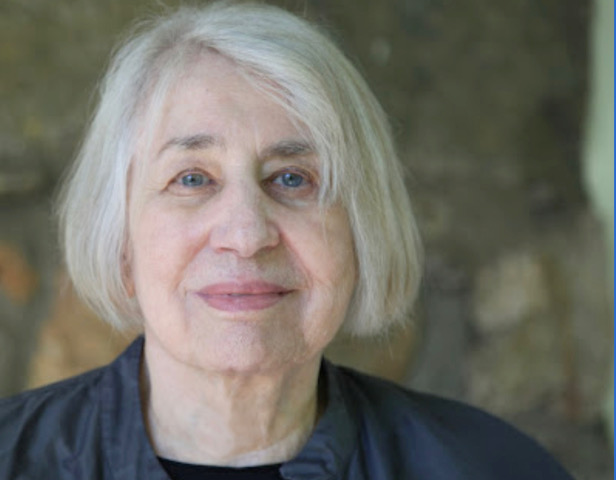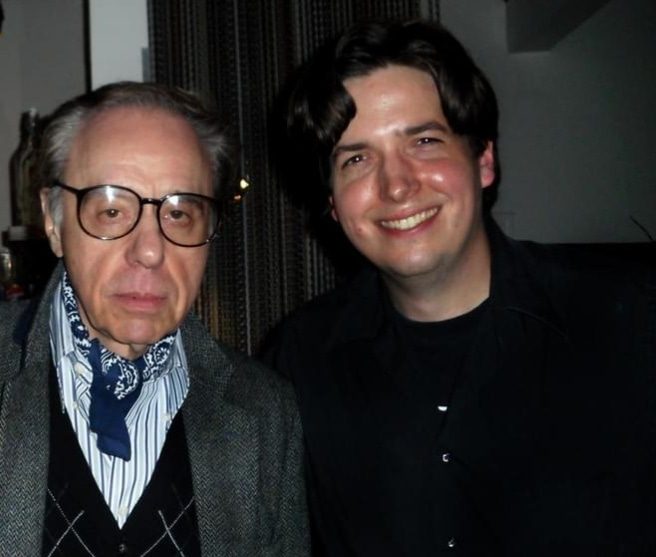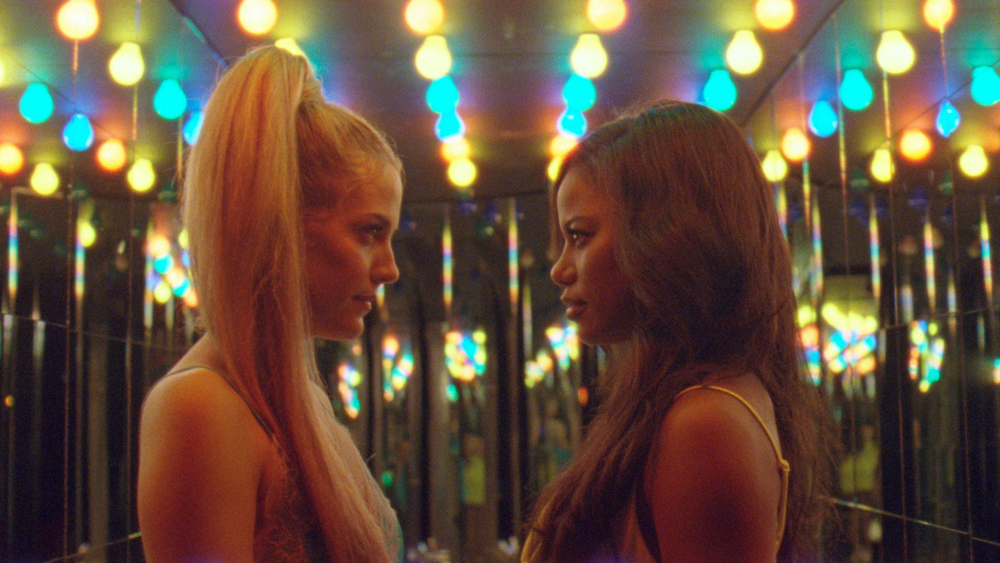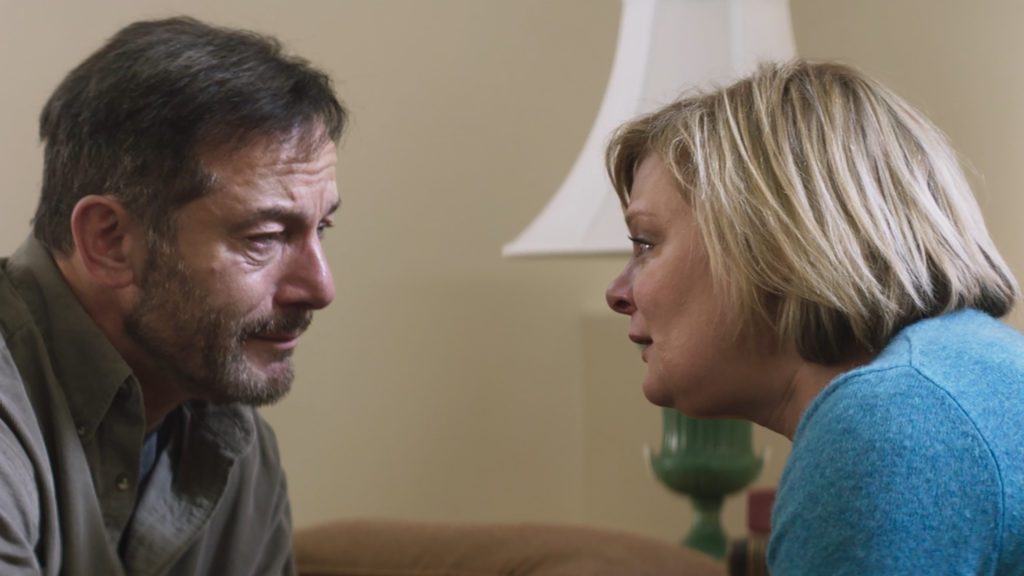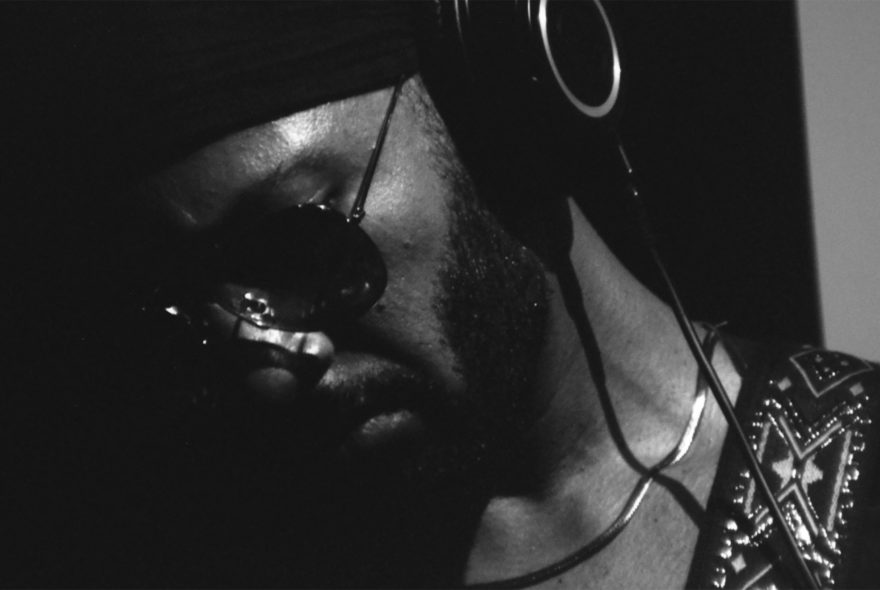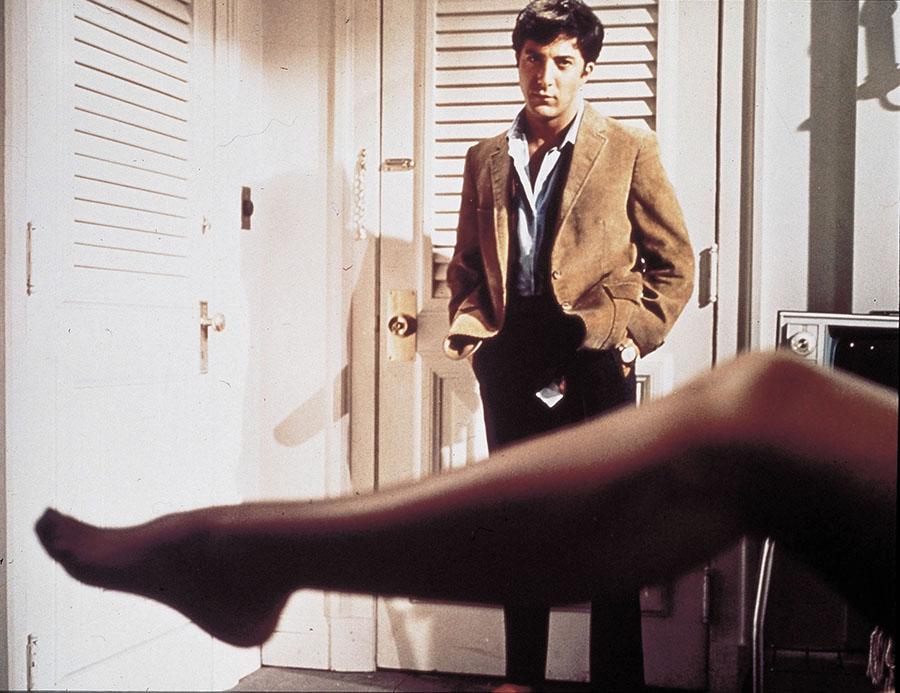Film writer Justin Humphreys remembers Peter Bogdanovich, who passed away on Thursday, January 6, at age 82. His tribute is followed by a re-posting of his 2018 interview with Bogdanovich in preview of that year’s Virginia Film Festival.
Peter Bogdanovich: He was the cinema
Peter Bogdanovich was the cinema—both a brilliant director, and a historian who peerlessly chronicled Hollywood’s golden age. And he was a dear fried.
I first interviewed Peter in 2010 at the Virginia Film Festival (and again in 2018, as posted below). I’d loved his books and films since my teens, and was jazzed to finally meet the grandmaster himself. We hit it off instantly. That afternoon, I kidded him that I sometimes called myself “a poor man’s Peter Bogdanovich.”
“Why ‘poor man’s?’” Peter replied. “You’re just younger.”
We stayed close. I visited him in North Carolina when he taught film there. We hung out in L.A. whenever possible. The last time I saw him was August 2021, at a dinner at director Sam Fuller’s home, which Peter had visited for decades. It was a lovely, convivial evening. We last emailed in December about meeting for lunch.
Peter’s influence on filmmakers and film historians was gigantic. He was our link to so many long-gone greats—I told him he had “The hand that shook the hands.” He profoundly shaped my own life and work.
There’s a stupid old cliché about how you shouldn’t meet your heroes. Peter was absolute proof that you should.
Decades ago, actor/writer/director/film historian Peter Bogdanovich promised his friend and colleague Orson Welles that, if Welles couldn’t finish his work-in-progress, The Other Side of the Wind, he would complete it for him. Now, Bogdanovich, at age 79, has beaten countless setbacks and fulfilled that promise.
Academy Award-winning editor Bob Murawski and co-producer Frank Marshall worked with a team to parse 100 hours of Welles’ unedited footage, shot decades ago by a mostly deceased crew. Marshall describes the process as, “a cross between a jigsaw puzzle and a scavenger hunt.” Together, they assembled a cohesive work respectful of its legendary creator’s vision.
The Other Side of the Wind stars John Huston as Jake Hannaford, a vile, macho director, trying to revive his faltering career with a counterculture movie. Bogdanovich co-stars as director Brooks Otterlake, Hannaford’s protégé. The highly anticipated film will be shown on Sunday at the Paramount Theater.
In addition, Bogdanovich’s new documentary The Great Buster, which chronicles comic genius Buster Keaton’s turbulent life and career, will screen on Saturday.
Ironically, Keaton was one of the few classic Hollywood giants Bogdanovich didn’t interview. “I missed him by about two months,” Bogdanovich says. “I was just trying to find him and he died.” Bogdanovich spoke with C-VILLE’s Justin Humphreys by phone from France.
C-VILLE: After so many failed attempts at finishing The Other Side of the Wind, how did the film finally coalesce?
Peter Bogdanovich: After [producer] Filip [Rymsza] got the two women, Beatrice Welles [Orson’s daughter] and Oja Kodar [co-author/star], to collaborate on the picture, everything else seemed to fall into place. Netflix stepped up to the plate and they’ve been just incredible, I mean extraordinary—better than any studio I’ve worked for. We went over budget and they didn’t even mention it.
You were heavily involved in the editing?
Oh, sure. [The film’s veterans] all were. We all had input. Bob did a very good job. It was a long process. …Everybody worked on it very hard, very diligently, very dedicated, with a lot of love there.
Many of the film’s participants are now gone. How did it feel being one of the last men standing and watching the finished product?
A little strange. I mean, here I am in my 70s, watching myself in my 30s. That was pretty odd. And I hadn’t seen much of the footage with me in it . . . So it was quite an experience, actually. I haven’t quite dealt with it fully.
What was it like being directed by Orson?
That’s interesting. Orson Welles created an atmosphere on the set—not for the crew, but for the actors—where you absolutely felt like you could do anything. You never felt like you shouldn’t do something, or shouldn’t try something, it was a very free atmosphere where you could do anything you wanted. He laughed a lot and made us laugh. He made it a fun set for the actors. [Meanwhile] the crew worked like dogs, like slaves.
They got along famously, [Huston] and Orson. It was great. You know the climactic scene between Huston and me, where I stick my head in the window? Huston wasn’t there for that scene. I played that scene with Orson. That’s why it’s so emotional. And Orson’s only direction to me in that scene was ‘It’s us.’
I sensed throughout the film that it was so much about you two. It was touching.
I haven’t let myself really go with it emotionally. I just watch it and say ‘It’s brilliant and Orson’s brilliant.’ And it’s the best performance I ever gave in a movie, or anywhere.
How did The Great Buster come about?
I had met Charles Cohen before, the producer, I don’t know where. And he asked me if I would like to do a documentary on Buster Keaton, and I said, ‘Yeah, sure.’ And that was it.
It’s wonderful that Keaton was revered at the end of his life, after several rough decades.
Happily, the Venice Film Festival gave him that tribute, which allowed me, in the plot, to come back to the features at the end, which I thought was the one really good idea I had—to make it a celebration and come back to the features at the end rather than the middle.
What do you think is Keaton’s lasting genius as a filmmaker?
He always knew where to put the camera. He was a brilliant actor of comedy—extraordinary. He knew instinctively what to do.
What’s next for you?
I’m not quite sure. Paramount, out of the blue, asked to option The Killing of the Unicorn, the book I wrote about Dorothy Stratten, and they want to make a 10-hour series out of it. As far as features are concerned, the one I’m planning to do but I don’t know if I’ll do it next, because it’s a bit elaborate, is a comedy-drama-fantasy called Wait For Me, that I’ve been working on for 30 years. I think it’s the best thing I ever wrote.


